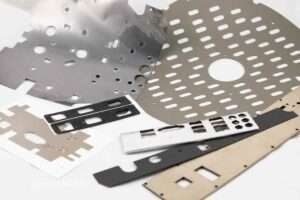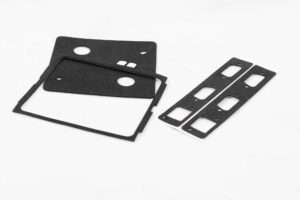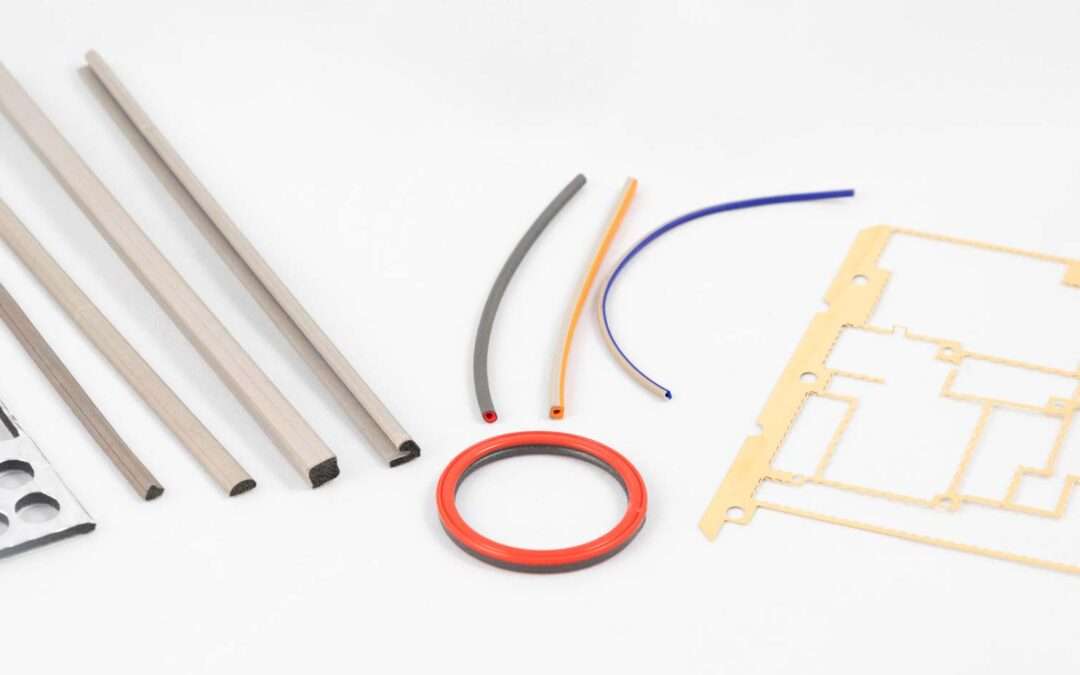Electromagnetic compatibility (EMC) refers to the management of electromagnetic interference (EMI) between different electronic devices. EMC ensures that electronic devices operate correctly without causing or suffering from disturbances. It can reduce unwanted electromagnetic wave emissions and protect against interferences from external sources. EMC is crucial in the industrial sector, where malfunctions due to poor electromagnetic compatibility can have detrimental effects. Discover everything you need to know about electromagnetic compatibility in our comprehensive article.
Electromagnetic Compatibility: What Are We Talking About?
Electromagnetic compatibility (EMC) focuses on the proper functioning of electrical and electronic equipment within electromagnetic environments. It aims to ensure that devices can coexist without creating or enduring undesirable electromagnetic interference (EMI). EMC allows for:
Limiting the emission of electromagnetic fields from equipment to prevent disruptions to other devices.
Ensuring that equipment is sufficiently resistant to electromagnetic disturbances from other sources to function properly.
The Challenges of Electromagnetic Compatibility
Electromagnetic compatibility (EMC) faces several challenges:
- Increasing Complexity of Electromagnetic Environments: With the proliferation of electronic devices, managing interferences is becoming increasingly difficult.
- Miniaturization of Components: This complicates maintaining EMC performance since there is less space for protection solutions.
- Stricter Standards: New technologies, such as 5G, introduce new interferences, necessitating ongoing updates to EMC strategies.
- High Development Costs and Timeframes: Insulating and shielding devices to prevent interferences add financial constraints.

European Community Guidelines and Standards for EMC
Ensuring the electronic products you purchase comply with EMC standards is essential for seamless operation without interference. Compliant equipment provides safer use.
In Europe, electromagnetic compatibility (EMC) is regulated by Directive 2014/30/EU, transposed in France by decree No. 2015-1084 of August 27, 2015. EMC standards aim to:
- Protect users and electronic environments.
- Facilitate the free movement of electronic products in Europe.
The directive specifically outlines the obligations of manufacturers, importers, and distributors, ensuring that equipment is designed and manufactured according to current requirements. They must also ensure only compliant equipment is marketed (with CE marking) and provide adequate user information.
Why Master the Electromagnetic Compatibility of Your Equipment?
Mastering the EMC of equipment is crucial for various reasons, including safety. Poor EMC control can lead to:
- Interference in patient monitors in the medical field.
- Positioning errors in the aerospace industry, leading to incorrect trajectories, for example.
- Inappropriate airbag deployment in automotive safety, etc.
- Proper EMC management ensures devices function correctly. Interference can endanger users and also cause costly failures:
- Production stoppages.
- Data loss.
- Equipment damage, etc.

Importance of Planning Electromagnetic Compatibility (EMC) from Project Start
To ensure effective integration and reduce costs, consider planning electromagnetic compatibility from the beginning of your projects. Addressing EMC early allows for protection solutions to be integrated directly into the design, avoiding costly and complex modifications later. Early EMC consideration also cuts costs by minimizing product redesign and retesting risks.
Moreover, this approach helps meet product utilization deadlines, avoiding late-discovered integration issues. You’ll also benefit from optimal performance and increased equipment reliability, reducing failure risks.
Electromagnetic Compatibility Services by Compelma
At Compelma, we specialize in managing electromagnetic compatibility (EMC) for various projects, allowing you to focus on your core activities. Our teams understand the high EMC demands and tailor solutions to each industry’s needs.
We offer a comprehensive range of solutions for effective EMC management:
- Custom or standard shields and enclosures, ventilation grids, and conductive metalized fabrics. These elements block and reduce electromagnetic emissions to prevent interference among electronic components.
- Ferrites, conductive foams, elastomers, and filled silicones. These elements absorb radio frequencies to dissipate electromagnetic energy and reduce disturbances.
- SMT/CMS contacts and metal gaskets for efficient grounding connections that limit interference.
- Silicone with oriented filaments, filled silicone gaskets, and bimaterial gaskets. These provide electromagnetic interference protection while ensuring water and dust seals.
These solutions guarantee optimal electromagnetic protection tailored to the specifications of each project and sector.
Want to know more? Feel free to contact us to discuss your needs. We will guide you in choosing the most suitable electromagnetic compatibility solution for your project.

